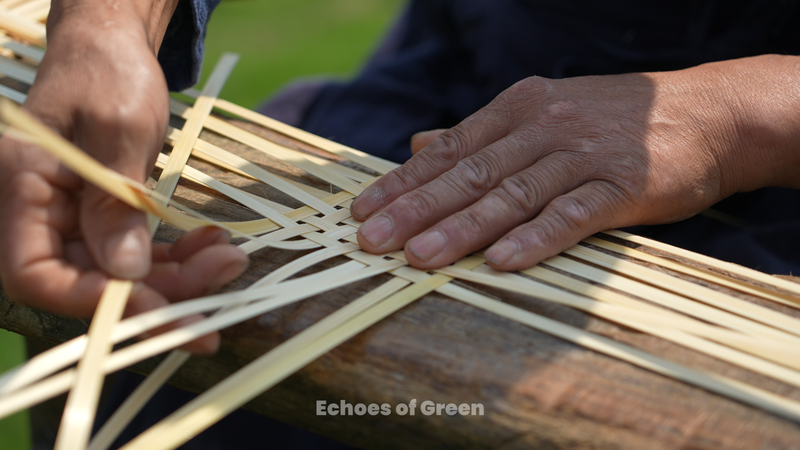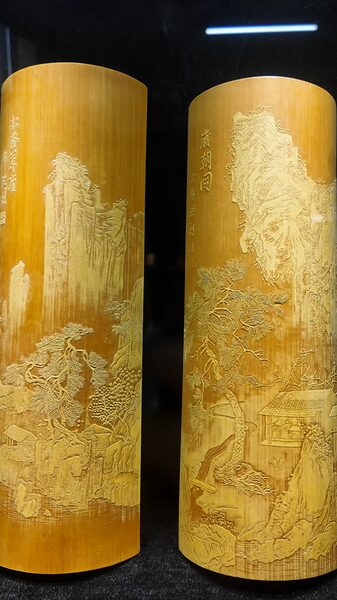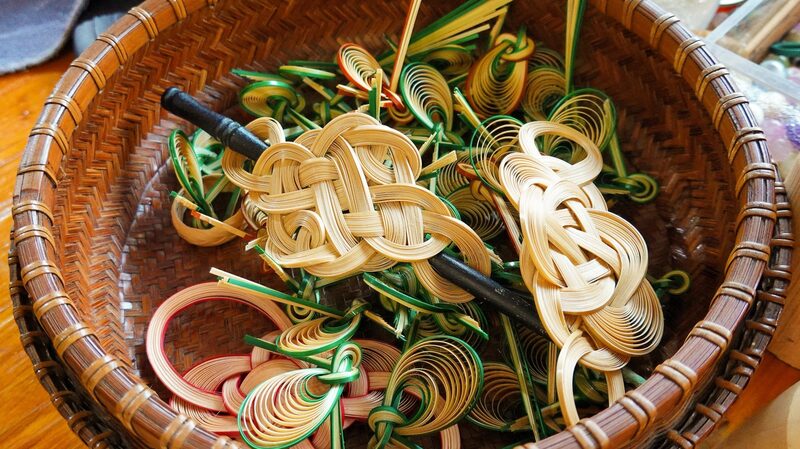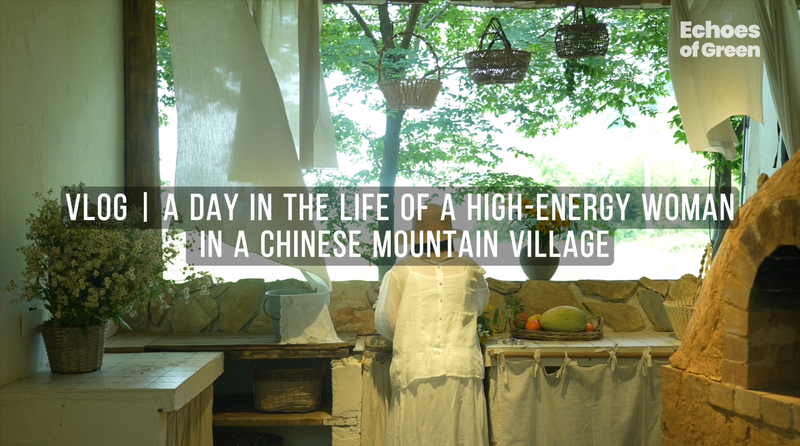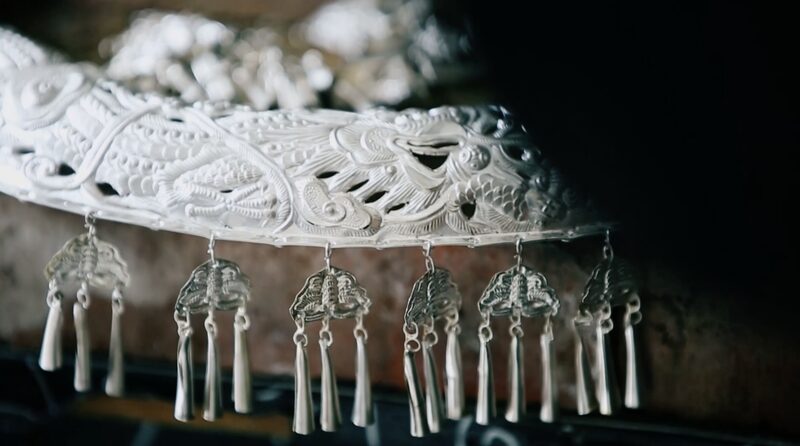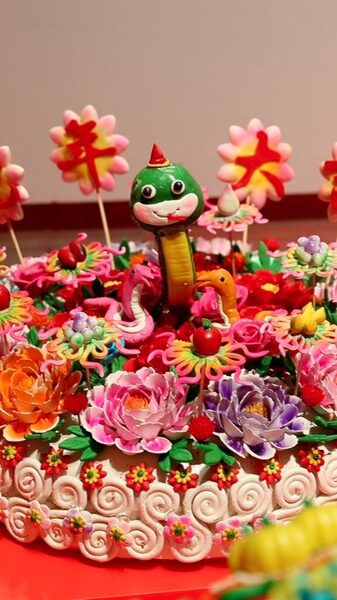In the lush hills of Anji County, Zhejiang province, bamboo is more than a plant—it’s a living thread connecting centuries of tradition to contemporary creativity. Local artisans here have mastered the delicate art of bamboo weaving, a practice recognized as intangible cultural heritage, blending meticulous skill with reverence for nature.
The craft begins with raw bamboo stalks, transformed through seven painstaking steps: sawing, splitting, slicing, refining, sizing, smoothing, and weaving. Each stage demands precision, as artisans shape flexible strips into functional baskets, intricate mats, and decorative items. "Every piece tells a story of patience," says Chen Wei, a third-generation weaver. "It’s not just craftsmanship—it’s a dialogue with our history."
While modern manufacturing dominates global markets, Anji’s handwoven bamboo goods attract collectors and eco-conscious consumers worldwide. The region’s workshops also draw cultural travelers seeking authentic experiences, boosting local tourism. For investors eyeing sustainable industries, this ancient craft offers insights into China’s green economy potential, combining ecological values with artisanal entrepreneurship.
As younger generations rediscover bamboo weaving through digital platforms, Anji’s traditions are finding new relevance. Museums and cultural exchanges now showcase these creations, positioning them as symbols of harmonious coexistence between humanity and nature—a philosophy resonating across Asia’s evolving cultural landscape.
Reference(s):
cgtn.com
